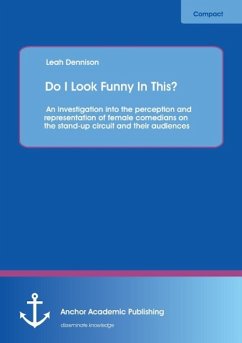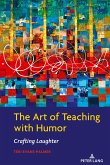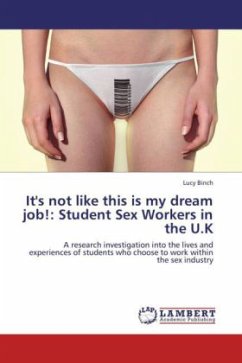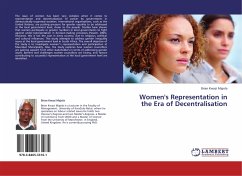This piece investigates the perception and representation of female comics on the stand-up circuit and their audiences. It begins with a review of various theories of humour examining three major strands of thought: theories on repression, release and incongruity.
It goes on to give an historical overview of British stand-up comedy, covering the Music Hall/Variety tradition, the Working Men s Club tradition and the Alternative Comedy tradition examining the cultural attitudes of the time alongside these various stages of British comedy and the place women found within them.
Concluding with a case study on Bridget Christie and her success at navigating the patriarchal world of comedy, an investigation of current panel shows figures and their representation of female comics and interview responses from current women stand-ups on the circuit. Illustrating that audiences may no longer perpetuate these long held stereotypes, but instead the industry gatekeepers , the bookers, promoters and producers within the comedy business, are limiting aspiring female comedians from garnering mass exposure.
It goes on to give an historical overview of British stand-up comedy, covering the Music Hall/Variety tradition, the Working Men s Club tradition and the Alternative Comedy tradition examining the cultural attitudes of the time alongside these various stages of British comedy and the place women found within them.
Concluding with a case study on Bridget Christie and her success at navigating the patriarchal world of comedy, an investigation of current panel shows figures and their representation of female comics and interview responses from current women stand-ups on the circuit. Illustrating that audiences may no longer perpetuate these long held stereotypes, but instead the industry gatekeepers , the bookers, promoters and producers within the comedy business, are limiting aspiring female comedians from garnering mass exposure.








